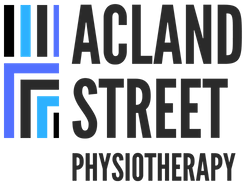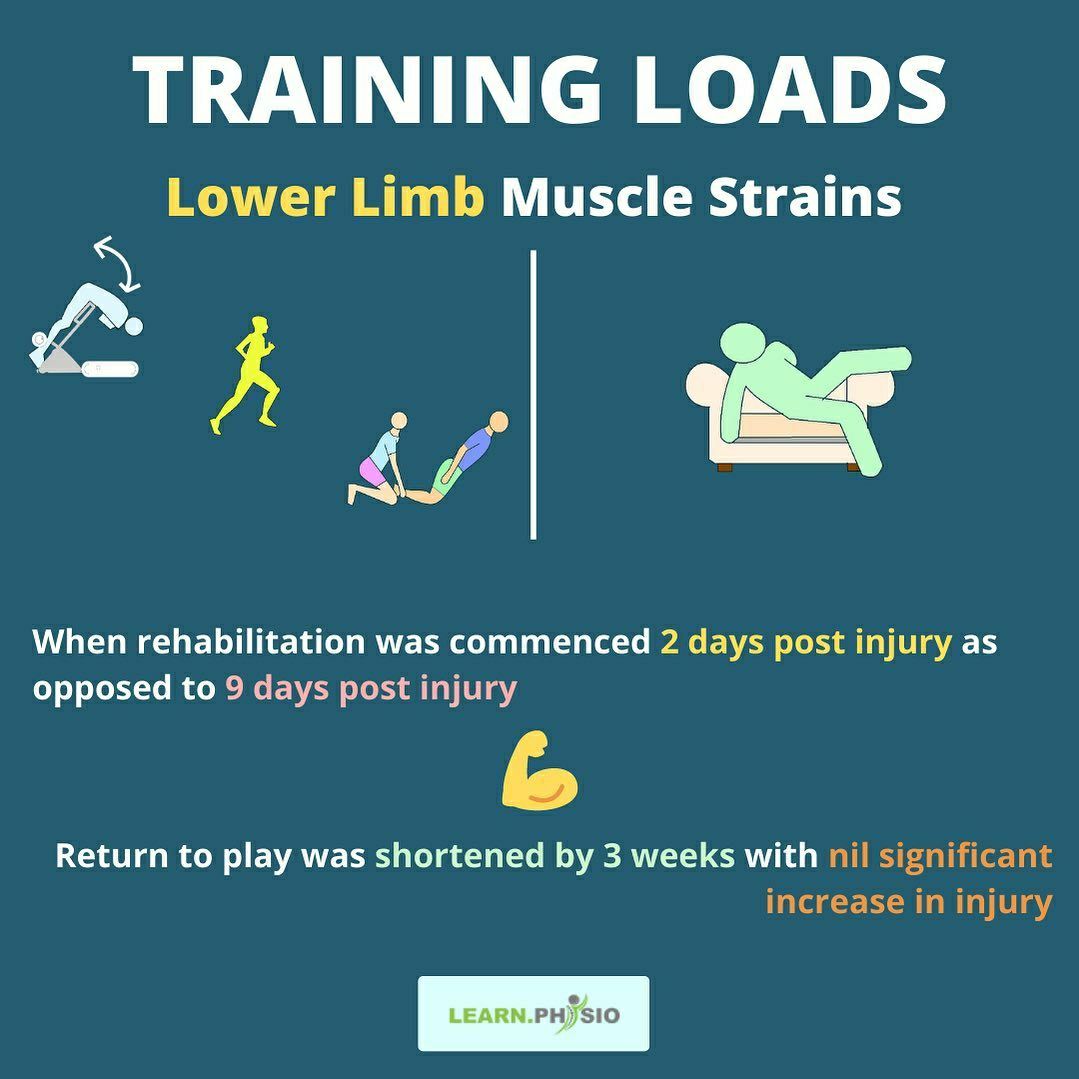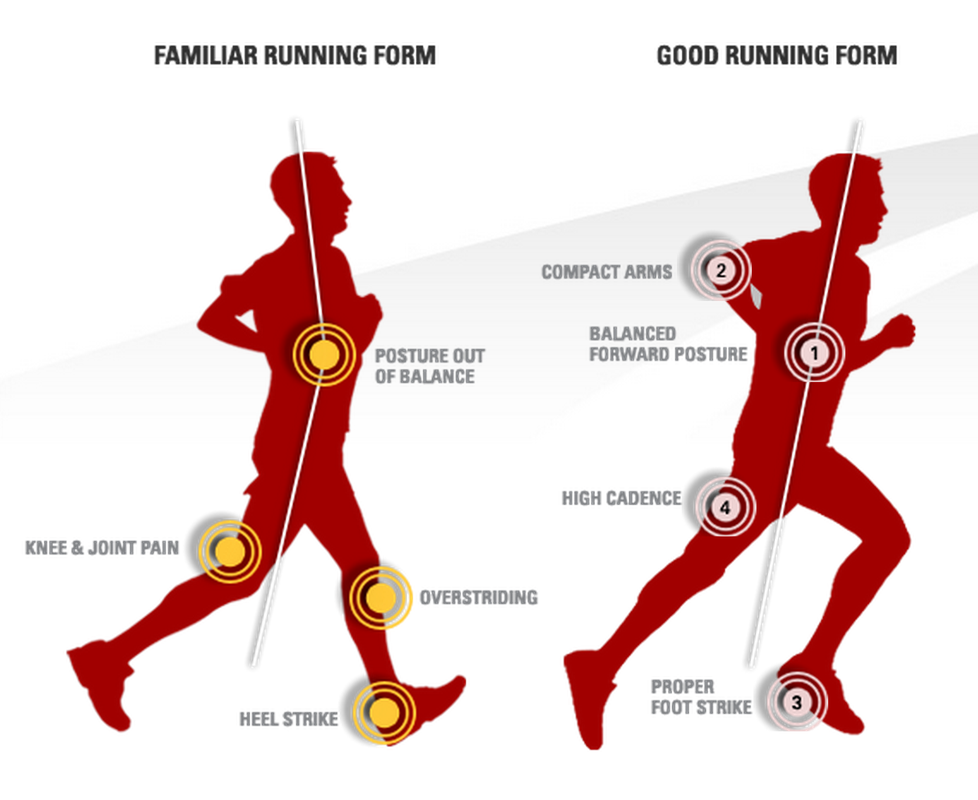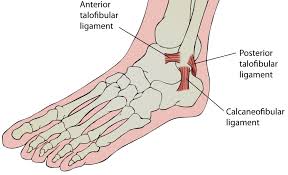|
In the competitive world of sports and the meticulous field of physiotherapy, discussions frequently orbit training methodologies, nutritional strategies, and the forefront of recovery technologies. However, a crucial element in athletes' well-being and recuperation that is often overlooked is the role of sleep. Emerging research unequivocally emphasises the profound impact of sleep on injury recovery and athletic performance, spotlighting its indispensable role in an athlete's regimen. The Foundation of Recovery Sleep stands as a fundamental pillar in the body's recovery mechanism, providing not only rest but also facilitating cellular repair and hormonal equilibrium. A systematic review in the British Journal of Sports Medicine delineates the significant role of sleep in the convalescence of sports injuries, pointing out that inadequate sleep quality and duration are common among athletes and considerably amplify injury risks . This body of work stresses the importance of incorporating sleep management into training and competition schedules to curtail injury rates and expedite rehabilitation. Enhancing Muscle Recovery The intricate nexus between sleep and muscle recuperation is especially noteworthy. According to a narrative review in the Journal of Science and Medicine in Sport, extending sleep duration not only bolsters performance but also enhances pain sensitivity and anabolic responses, such as elevated levels of GH/IGF-I, pivotal for muscle repair and recuperation from exercise-induced injuries. This evidence suggests that sleep interventions could serve as a critical tool in hastening recovery processes, presenting a topic of keen interest for medical professionals and coaches alike. Sleep’s Role in Injury Risk Management Further research detailed in the Journal of Sports Rehabilitation elucidates the association between sleep and injury risk, demonstrating that chronic insufficient sleep is correlated with an increased risk of musculoskeletal pain and sports injuries. Specifically, consistently sleeping less than seven hours is linked with a higher injury risk, underscoring the necessity of adequate sleep for injury prevention . The Impact on University Athletes The challenge of managing sleep extends beyond professional athletes to include university athletes as well. A study published in Frontiers in Sports and Active Living reveals how academic and social stresses can exacerbate sleep disruption, leading to adverse effects such as performance decline, mood alterations, and an increased vulnerability to injuries and illnesses. This highlights the widespread applicability of sleep management strategies across different levels of athletic engagement. Practical Implications for Your Recovery Journey For athletes embarking on the recovery path, or anyone aspiring to elevate their physical performance, the directive is clear: sleep must be prioritizsed. Here are actionable steps to integrate into your routine:
The expanding corpus of research on sleep's effects on injury recovery and athletic performance furnishes invaluable insights for athletes, coaches, and healthcare practitioners. As we delve deeper into the myriad benefits of sleep, it becomes increasingly clear that sleep is not merely a passive rest period but a dynamic process integral to athletes' health, well-being, and achievement. By prioritising sleep, we can optimise our recovery processes, mitigate injury risks, and unlock our utmost potential in sports and beyond References Used
0 Comments
Early rehabilitation after an acute muscle injury can get you back to your favourite activities faster!
When you strain a lower limb muscle like a calf or a thigh, it is often possible to exercise or load these muscles up in the first couple of days right after the injury. Surprisingly, muscles can handle significantly more than you think in the first few days of a muscle strain. This recent study published in the New England Journal of Medicine supports this view. In conclusion, early physiotherapy rehabilitation after an acute muscle injury (even if it is severe), can help accelerate the healing process - allowing you to get back to your favourite activities much early than delaying professional intervention. During the COVID-19 pandemic, running observably has become an extremely popular exercise activity locally obviously, for its health benefits and simplicity as no equipment is required. I am avid runner myself recreationally often clocking up 50kms per week. Over the past 10 years as a physiotherapist, I have coached hundreds of my patients who have never ran before to shed a few pounds or improve their overall fitness. Many of my patients have misconceptions about running in particular, that running is bad for your knees and that you are at major risk of arthritis. This common concern has been debunked by science by multiple studies. Based on large population studies, the chances of developing arthritis from regular running are very slim. In fact, regular running has shown to strengthen joints and plays a protective role in the development of osteoarthritis later in life. Commonly reported knee pain by runners at Acland Street Physiotherapy that is generally treatable with a moderate amount of physiotherapy and strength training are Iliotibial Band Syndrome or Patellofemoral Pain Syndrome.
The following is a concise infographic on how what good running form generally looks like. If you would prefer to further explore this, please do not hesitate to make a booking with us for a comprehensive physiotherapy and biomechanical running assessment. Lateral ankle sprains are very common among the active population and with proper professional guidance, can have serious long-term complications. Complications include fractures, recurrent sprains and ligamentous instability, resulting in surgery.
As a first point of call, it is important to get assessed by an experienced physiotherapist to get thoroughly assessed and diagnosed. Through history taking and physical examination, the physiotherapist will determine what ligaments have specifically been injured, the severity and whether an x-ray may be needed. Studies have shown that early mobilisation of a sprained ankle has significant benefits for improvements in pain, function and its long term stability. Physiotherapy treatment may include strategies to reduce swelling and inflammation, ankle taping/bracing, manual therapy to break up the scar tissue and an exercise rehabilitation program to help improve range of motion, strength, neuromuscular control and proprioception/balance. A high quality exercise rehabilitation program can get you back to what you were doing previously quickly and prevent injury recurrence. A week ago, there was an interesting news article via ABC News regarding physiotherapists warning gym-goers to gradually ease into exercise post-coronavirus. Experts are also predicting a rise in soft tissue injuries as Australians return to sport post coronavirus lockdown. This is relevant information as recently, I am seeing a significant increase in patient presentations associated with return to sport and return to gym/exercise injuries. Popular clinical diagnoses at my clinic have included sciatica, lower back pain, nerve impingement, lateral ankle sprains, shin splints, patella tendinitis, subacromial burisitis, rotator cuff tendinitis, tennis and golfer's elbow. This has not been a surprise as individuals who have been very active during social restrictions and lock down would experiencing muscular de-conditioning, reduced neuromuscular control and a loss in mobility. Soft tissues such as ligaments and tendons generally get weaker when there is inconsistent physical loading on them too.
Here are 6 key tips on how to get back into sport or gym workouts reducing the risk of injury These include: 1. Slowly and gradually return to pre-coronavirus levels of exercise 2. Spend more time warming up by rehearsing exercise routines with significant less resistance or intensity (30% is the general guidelines for this) 3. It will likely take about 4-6 weeks before your body will get back to pre-coronavirus levels of performance if you consistently train 4. Watch your posture and technique more carefully using a mirror, physiotherapist or coach for feedback before you progress with higher levels of difficulty 5. Spend time time in between exercise sessions or workouts recovering or resting than you would usually 6. Do not feel like you need to urgently make up for lost time and leave the pride at the door There is emerging scientific research that training loads are directly correlated to injury risk.
Training load injuries are generally caused by:
Specifically, there are 2 types of training loads: External Loads and Internal Loads. External loads measure the amount of external workload eg. (running on the treadmill, weight lifting) to the individual while internal load measures the individual’s post exercise heart rate or rate of perceived exertion (RPE) as a response to the external workload. Rate of Perceived Exertion Guides for Aerobic and Resistance Training It is important to understand that to optimise performance, there needs to be a fine balance between training hard and overloading resulting in injuries and comprising performance. This sounds like common sense however to accurately monitor training loads is a challenging task given that it is associated with frequency, duration and intensity. Duration and frequency are relatively easy to measure however intensity could be measured by for example, how fast you are running, your heart rate, how much weight you are lifting with the barbell or the complexity or speed of the movements you are performing. Tracking your training loads is not just about managing the specific exercise you are doing but can help you determine when it may be appropriate for you to do some cross-training or vary your load. Acute on Chronic Workload Ratio (ACWR) For those who are a serious about injury prevention,a great way to find your training ‘sweet spot’ while minimising the risk of injury if you are serious about optimising performance is using the Acute on Chronic Workload Ratio calculator. Scientific research indicates a 0.8-1.3 ratio range is ideal. Injury risk increases at a 1.5 ratio or higher. To calculate your ratio, multiply your rate of perceived exertion (RPE) after each exercise with the duration, intensity or frequency of the exercise session (external load). The Acute Workload is over a 7 day period. The Chronic Workload is over a 28 day period. The ratio is the result of dividing the Acute Workload by the Chronic Workload. Tips:
|
Author
Archives
May 2024
|
Copyright Acland Street Physiotherapy © 2024




 RSS Feed
RSS Feed